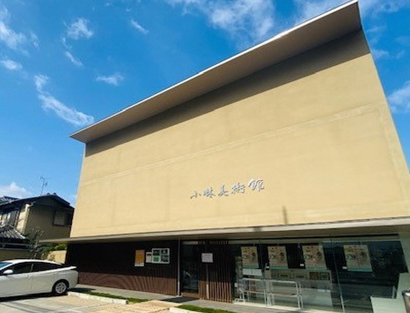Opening Shrine

It is said that this shrine was built by order of Empress Jingu as a shrine to protect the entrance to Osaka Bay.
It is said that this shrine was built by order of Empress Jingu as a shrine to protect the entrance to Osaka Bay. The origin of the name is that this shrine is the guardian deity of Izumi Sakai Minamisho and has its doors open to the sea, or that it is said to be the shrine of Shiotsuchi no Ojinokami, which is said to have been enshrined by Empress Jingu. It is said that this is because, although he had never spoken before, he opened his mouth for the first time after the Empress offered a sacred food. Shiodoroo-ojin is also known as the ``Oku-no-in Temple of Sumiyoshi'' because of its deep connection with Sumi Taisha Shrine. In the 4th year of Ten'ei (1113) at the end of the Heian period, when the shrines of Kachi, Kido, and Hara villages were enshrined together, it became the guardian deity of Sakai, and continued until the Edo period. Because there was a temple called Tera within the precincts, it is still affectionately known as ``Otera-san'' (Otera-san). The O-dera Engi Emaki that has been passed down at the shrine, the Emperor Fushimi's Shinkan Poetry Collection, and the short sword name Yoshimitsu are important cultural properties. At the Hassaku Festival held in mid-September every year, Sakai's oldest futon drum is dedicated.
Basic information
- Parking Available
- Access
- From Nankai Koya Line "Sakai Higashi Station" get off at Nankai Bus "Daijikitamon Yamanokuchi-mae" and walk 3 minutes. From Nankai Main Line "Sakai Station" get off at Nankai Bus "Daijikitamon Yamanokuchi-mae" and walk 3 minutes. Hankai Line "Ookoji Station" or "Shukuin" 5 minutes on foot from the station
- Address
- 2-1-29 Kaicho Higashi, Sakai-ku, Sakai-shi, Osaka 590-0953
- Telephone
- 072-221-0171 (Representative)
- Fax
- 072-223-9512
- URL
- http://www.aguchi.jp/








